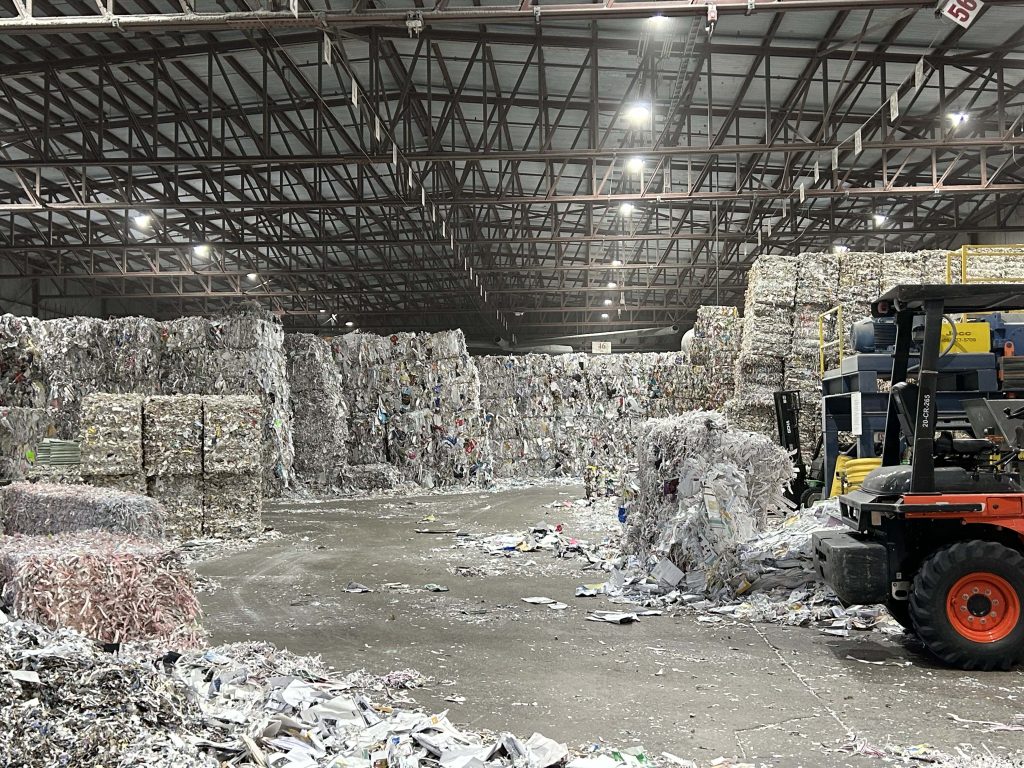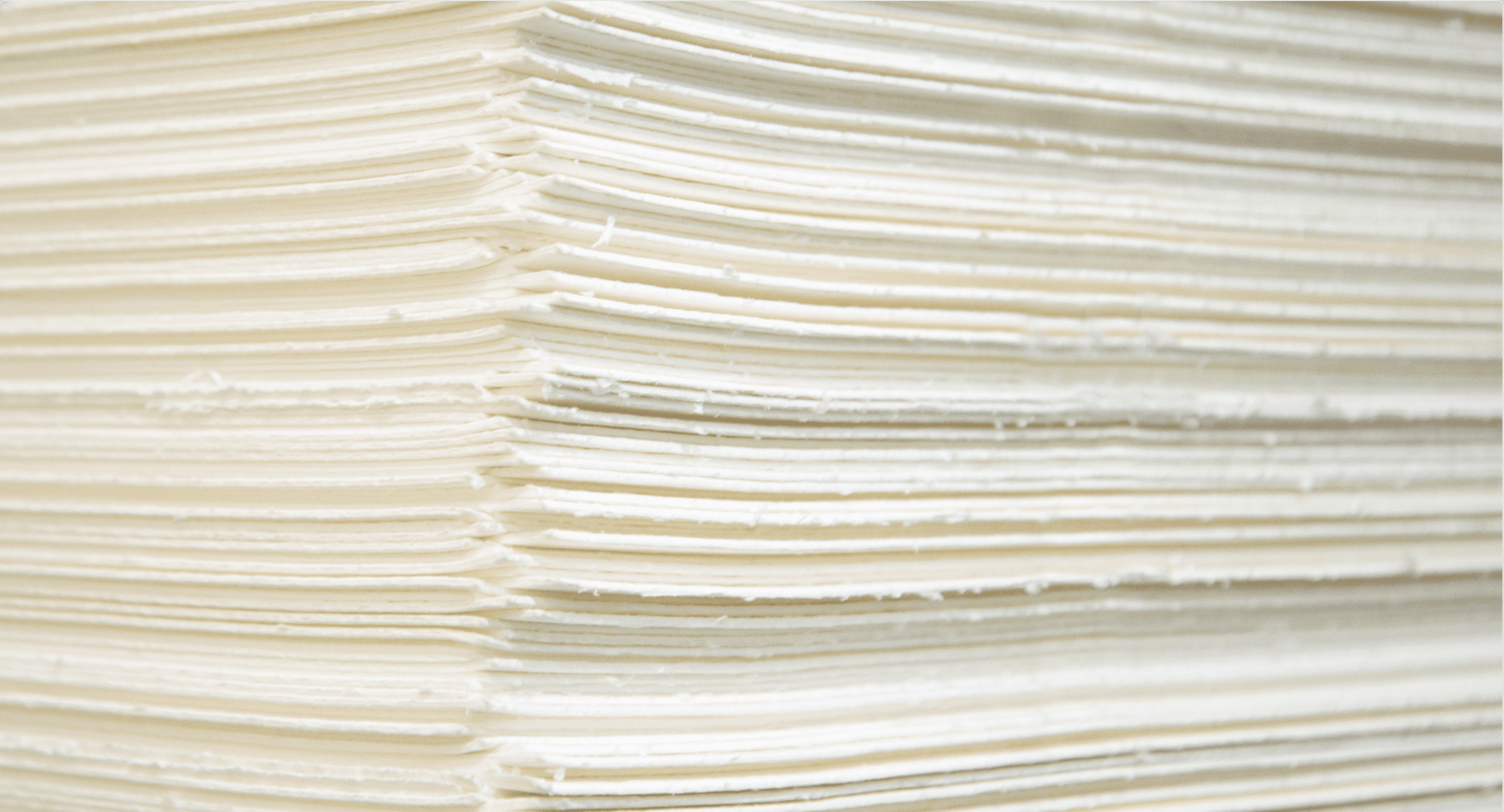De-inking: a Sustainable Innovation for Print
At Solisco, the environment is our central focus. As are the actions we take to respect it! Every day, our teams are hands-on, making sure that your projects live up to your expectations, and to those of the planet.
We’re paying attention to industry stakeholders who share our commitment to sustainability and responsible forest management, particularly those who break new ground in the reuse of paper fibre. Because, to remain a leader in an ever-changing industry, it’s important to understand how that industry works.
“The paper industry is pioneering in its adoption of circularity, says Alex Jacques, our director of manufacturing operations. Paper products are intrinsically renewable, recyclable, and biodegradable, which makes them perfectly suited to the circular economy. To say nothing of the extraordinary commitment made by companies in support of sustainable forest management, efficient production processes, and strong organization of recycling.”
Our marketing and production teams recently visited Sustana’s de-inking facility in Lévis, to witness the unique de-inking process. For our staff this was an important day; they were able to see exactly how Solisco contributes to the local circular economy.
What exactly is de-inking?
As the saying goes: “Nothing is lost, nothing is created, everything is transformed.” De-inking is the process by which waste paper is given new life.
The Sustana recycled fibers facility prevents 130,000 tonnes of paper and packaging from being dumped in landfills annually. And some of those tonnes of paper come from Solisco, as scraps, our own surplus, or non-conforming printed materials. But that’s not all! We purchase Rolland 100% locally recycled paper to produce all of your printed products.
The paper de-inking process begins when various materials (e.g. paper and packaging) are sorted.
They are subsequently sent to a large agitator,to break down and extract the usable fibers. A screen removes non-fiber elements to create a pulp that is ready to be cleaned and de-inked.
Advanced washing systems clean the material in a process that uses no chlorine. Ninety-five percent of the recovered paper and packaging is reused, and the ink is transformed into agricultural byproducts such as fertilizers.
Finally, fiber bales make their way to Sustana’s mill at Saint-Jérôme, where they are transformed into paper containing between 30% and 100% recycled, sustainable fibers certified by the FSC (Forest Stewardship Council).
Did you know?
Thanks to our Sustana Group Rolland supplier’s de-inking process, paper can be recycled up to 7 times. Better still, their mill reuses every drop of water up to 30 times!

